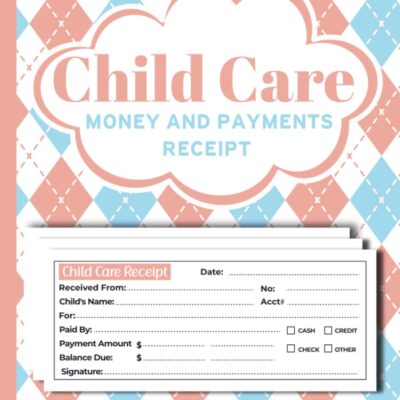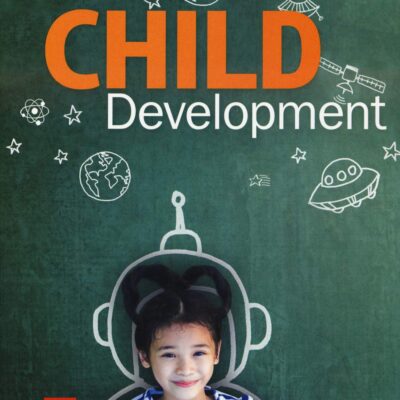Hey there! Are you feeling overwhelmed by the constant hustle and bustle of daily life? Do you find connecting with your slow-living family challenging amidst the chaos? If so, you’re not alone.

Slow-living family in many families today are caught in the whirlwind of a fast-paced lifestyle, leaving little room for meaningful connections. But there’s good news! Embracing the essence of slow living can help strengthen your family bonds and bring more joy and harmony into your home.
Understanding Slow Living
What is Slow Living?
So, what exactly is slow living? Imagine taking a deep breath and slowing down to savor each moment truly. Slow living is all about being mindful, intentional, and simplifying your life. It’s a lifestyle that encourages you to focus on what truly matters, fostering deeper connections with your loved ones. It comes from the Slow Food movement in Italy in the 1980s has expanded to various aspects of life, including work, leisure, and family time.
Slow living revolves around three fundamental principles: mindfulness, simplicity, and intentionality. Mindfulness means being fully present in the moment, simplicity involves reducing excess and unnecessary complexity, and Being intentional means choosing things that are in line with your morals. and priorities.
Common Misconceptions About Slow Living
Now, let’s address some common misconceptions. Slow living requires drastic lifestyle changes or is only for those who can afford to take time off work. But that’s not the case! Slow living is accessible to everyone and can be added to daily life in small, doable ways steps. It’s not about doing less but things with more purpose and awareness.
1. The Importance of Slow Living for Families
Enhancing Family Relationships
One of the most significant benefits of slow living is its positive impact on family relationships. In a slow-living family, members spend more quality time together, engage in meaningful conversations, and develop a deeper understanding of each other. This helps build trust, empathy, and emotional intimacy, strengthening the family bond.
Reducing Stress and Burnout
Modern life’s pressures can lead to stress and burnout, affecting adults and children. Slow living promotes a more balanced lifestyle, reducing the need to rush and multitask constantly. Families can create a more relaxed and harmonious environment by simplifying schedules and focusing on essential activities, improving overall well-being.
Fostering a Supportive and Nurturing Environment
A slow living approach encourages families to create a supportive and nurturing home environment. This includes establishing routines that promote physical and emotional health, such as regular family meals, sufficient sleep, and time for relaxation and leisure. A calm and organized home environment helps children feel secure and valued, contributing to their development and happiness.
2. Practical Steps to Embrace Slow Living as a Family
Prioritize Quality Time Together
Spending quality time together is at the heart of slow living. Setting aside regular time for family activities that everyone enjoys is essential. This could be as simple as having dinner without distractions, playing board games, or walking in nature. The point is to be fully present and involved with each other, which lasting memories and strengthening family bonds.
Simplify Your Schedule
Overcommitting to activities and responsibilities can leave families feeling overwhelmed and disconnected. Simplifying your schedule involves prioritizing essential activities and letting go of those that don’t add significant value. This might mean saying no to some extracurricular activities or reducing screen time in favor of more meaningful interactions.
Create Meaningful Rituals
Family rituals and traditions provide a sense of continuity and belonging. These could include weekly movie nights, holiday traditions, or bedtime stories. Such rituals offer predictability and comfort, helping to strengthen family ties and create a shared sense of identity and purpose.
Encourage Mindfulness and Presence
Mindfulness is a crucial component of slow living. Encourage family members to practice mindfulness by being fully present in their interactions and activities. This can be done with easy steps like deep breathing, mindful eating, or spending time in nature. Designating tech-free times or zones in the house can also help reduce distractions and foster deeper connections.
3. Benefits of Slow Living for Children
Developmental Advantages
Children benefit significantly from a slow-living environment. It allows them to develop at their own pace, free from constant competition and achievement pressure. This environment supports healthy emotional and cognitive development, as children have more free play, exploration, and creativity opportunities.
Encouraging Creativity and Imagination
Children can play make-believe and be artistic pursuits with fewer scheduled activities and more free time. This enhances their problem-solving skills and cognitive abilities and fosters a sense of curiosity and wonder about the world around them.
Building Resilience and Emotional Intelligence
Slow living family provides a stable and supportive environment that helps children develop resilience and emotional intelligence. Children learn to manage their emotions, cope with stress, and build healthy relationships. Parents can model these skills by practicing mindfulness and intentionality in their own lives, setting a positive example for their children.
4. Overcoming Challenges
Addressing Resistance and Skepticism
Transitioning to a slower pace of life may initially be met with resistance, mainly if family members are accustomed to a busy, fast-paced lifestyle. It’s essential to communicate the benefits of slow living and involve everyone in the process. Start with small changes and work your way up to more significant adjustments.
Gradual Transition to a Slower Pace
Adopting a slow living lifestyle doesn’t happen overnight. It’s a gradual process that involves making intentional choices and adjusting habits over time. Begin by identifying areas where you can slow down, simplify, and make incremental changes that align with your family’s values and priorities.
Dealing with External Pressures and Societal Expectations
External pressures and societal expectations can make it challenging to maintain a slow-living lifestyle. It’s important to stay true to your values and not be swayed by the need to keep up with others. Spend time with people and groups who share your values and who will help you slow-living journey.
Success Stories
Real-Life Examples of Families Who Have Embraced Slow Living
Hearing about other families’ experiences with slow living can be inspiring and motivating. For example, the Smith family decided to cut back on extracurricular activities and prioritize family time. They started having weekly game nights and weekend hikes, which brought them closer together and reduced stress.
Another example is the Johnson family, who adopted a minimalist approach to their home and schedule. They decluttered their living space, reduced screen time, and focused on spending quality time together. As a result, they experienced greater harmony and happiness in their daily lives.
Positive Changes They’ve Experienced
Families that embrace slow living often feel more connected, relaxed, and fulfilled. They enjoy more robust relationships, better communication, and a more profound sense of purpose. By prioritizing what truly matters, they create a more meaningful and satisfying family life.
Conclusion
Slow living Family offers numerous family benefits, from enhancing relationships to reducing stress and promoting overall well-being. By embracing the principles of mindfulness, simplicity, and intentionality, families can create a more supportive and nurturing environment. It’s not about doing less but things with more purpose and awareness.





